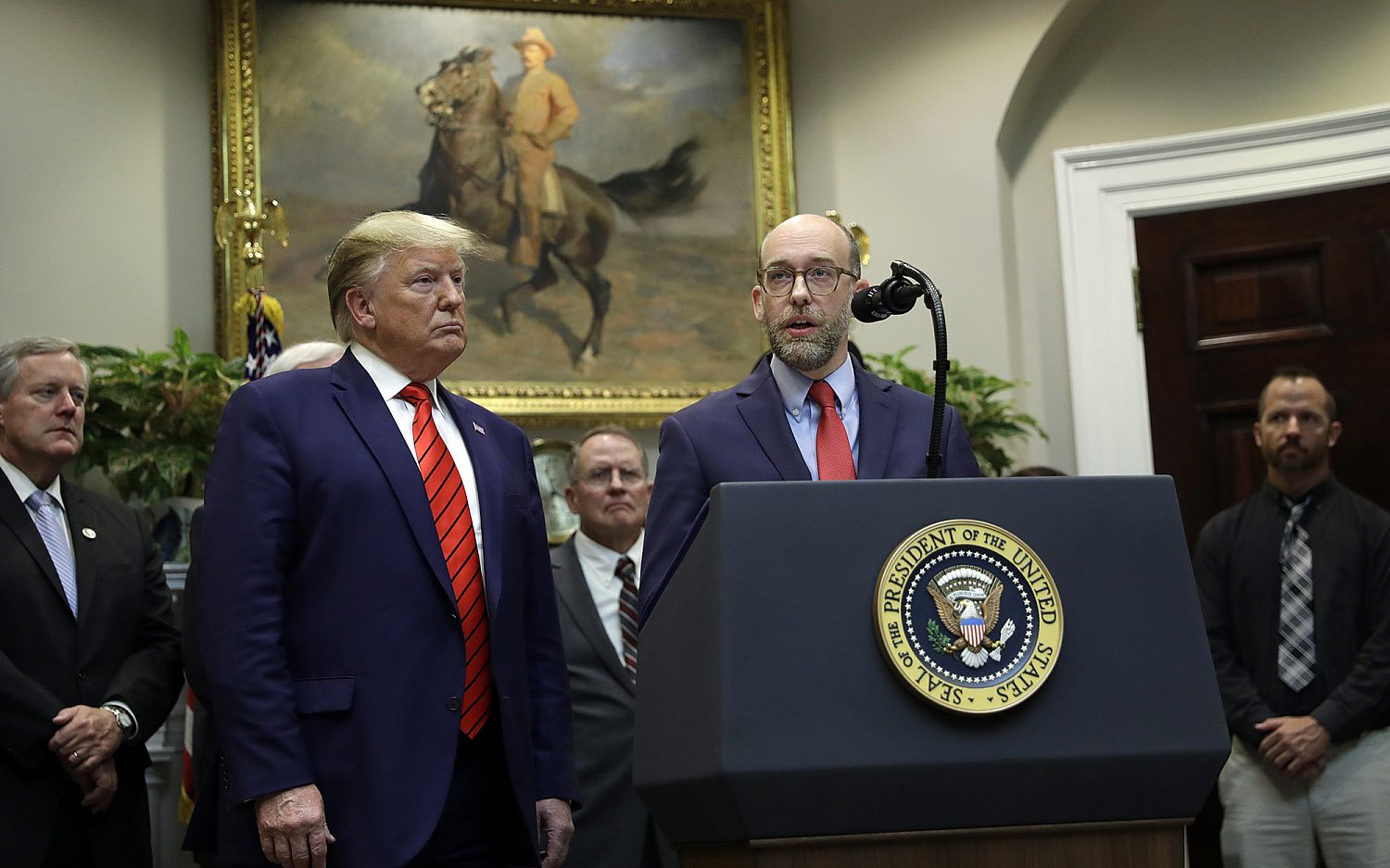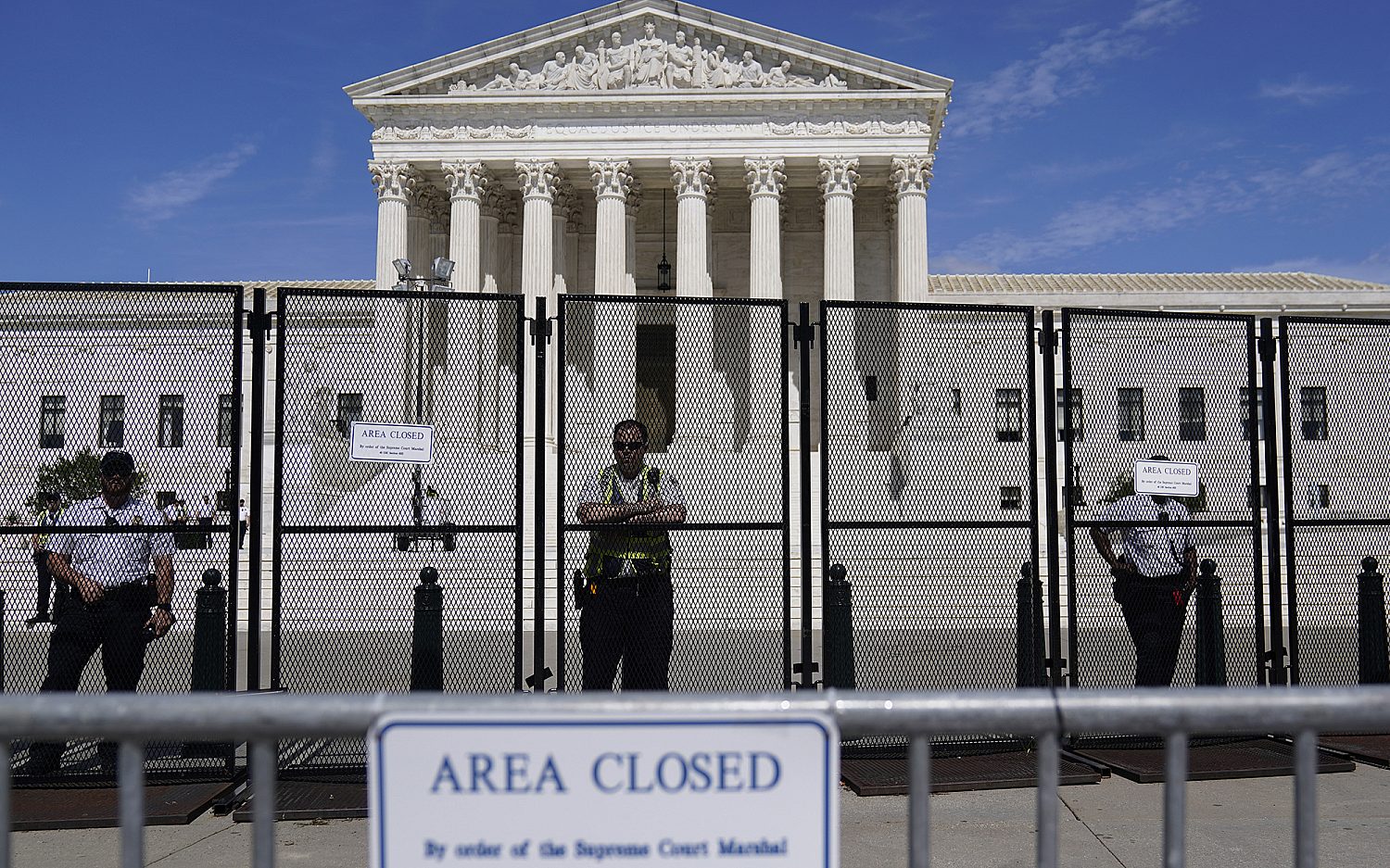Regulating coal out of the energy business
On Friday the Obama administration proposed stringent new limits on the amount of heat-trapping emissions new power plants will be allowed to emit. The proposal is intended to curtail what President Barack Obama described as “the limitless dumping of carbon pollution” from power plants, but it’s also likely to destroy the coal industry and thousands of jobs.
The new limits will accelerate a shift away from coal-fired power toward cleaner-burning natural gas, wind, and solar energy. Jordan Bordoff, director of Columbia University’s Center on Global Energy Policy, called the rule “consistent with already evolving market trends toward the use of natural gas instead of coal” and described it as cost-effective.
While the Environmental Protection Agency (EPA) said it “does not anticipate this rule will have any impacts on the price of electricity, employment, or labor markets or the U.S. economy” industry leaders and allies in Congress disagree. Sen. Joe Manchin, D-W.Va., said the agency was holding the coal industry to “impossible standards.”
Deck Slone, a senior vice president at Arch Coal, said the technology to clean coal plant emissions was simply not yet available: “The administration’s proposal goes way too far, way too fast—and threatens to arrest rather than spur technology advances.”
EPA officials are more optimistic about the future of coal. Gina McCarthy, the agency’s administrator, said in a speech Friday that the proposed regulations would encourage energy companies to adapt: “This proposal, rather than killing future coal, actually sets up a certain pathway forward for coal to continue to be part of the diverse mix in this country.” McCarthy argued that the threat to public health from global warming—including severe weather, disease, and air pollution—justifies the new regulations. “Climate change—caused by carbon pollution—is one of the most significant public health threats of our time.”
Of course, many people disagree about the severity and source of climate change. Even some scientists who acknowledge weather patterns have changed question evidence that suggests humans and industrial development are to blame.
While the new regulations are likely to prove beneficial to natural gas and renewable energy companies, the outlook for the coal industry looks bleak. Most new natural gas-fired power plants can produce under the EPA limits without requiring expensive new equipment, making them very attractive for utility companies.
U.S. coal production is expected to fall to a 20-year low this year, and regulations have already idled 151 mines that employed 2,658 workers in the first half of the year, according to SNL Energy. The EPA pointed to four coal-fired power plants under development to show that the rule is possible to meet. But one of the companies behind those plants, Southern Co., said Friday that its Kemper County Energy Facility in Mississippi has received hundreds of millions of dollars in federal grants and tax credits. That model “cannot be consistently replicated on a national scale,” the company said.
The revised standards, the company said in a statement, “essentially eliminate coal as a future generation option.”
The Associated Press contributed to this report.
An actual newsletter worth subscribing to instead of just a collection of links. —Adam
Sign up to receive The Sift email newsletter each weekday morning for the latest headlines from WORLD’s breaking news team.




Please wait while we load the latest comments...
Comments
Please register, subscribe, or log in to comment on this article.